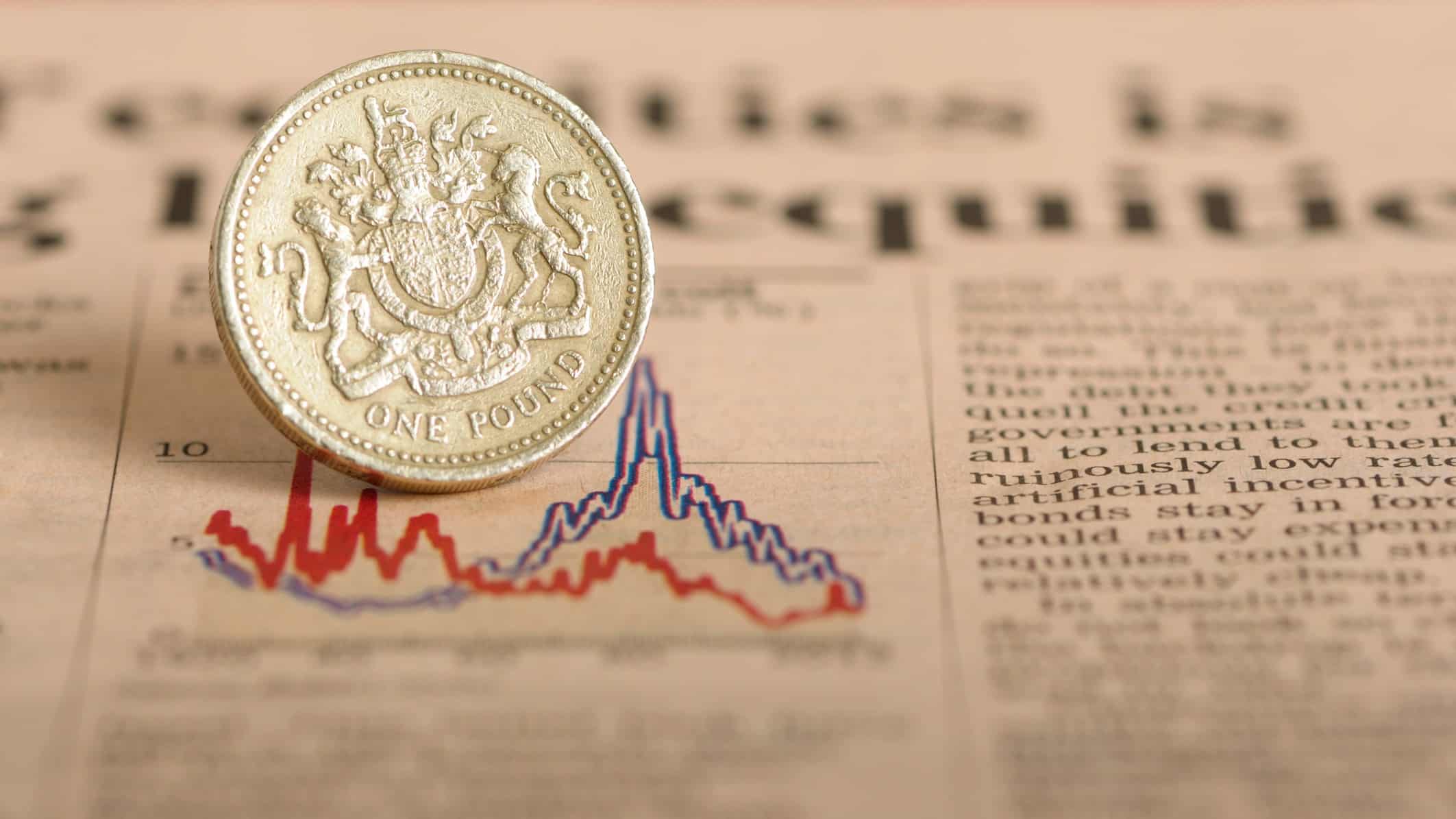Image source: Getty Images
Investing money in shares that pay dividends is a proven way to generate passive income streams — sometimes very big ones.
I like it compared to most passive income ideas for a few reasons. As an approach it has been proven to work (though that depends in part on buying the right shares). It helps me benefit from the commercial performance of businesses far bigger than I could build in my spare time. I also find it genuinely passive: I can simply put money into an account, buy shares, and hopefully watch the dividends pile up.
Getting ready to invest with zero savings
What kind of account?
There are lots of options available for share-dealing accounts and Stocks and Shares ISAs. So I would do some research to decide what seemed to suit my needs and financial position best.
As for financial position, I would start even without savings. How? By putting aside a regular amount and building up the amount I had available to invest over time.
Doing the long-term maths
Imagine I had £180 to invest each month. In a year, that would equate to £2,160.
If I invested that at a dividend yield of 7%, I would earn 7% of what I paid in dividends annually (as long as the shares kept their dividends steady) — around £151.
That would be welcome, but far off my target. Still, I think I could hit that target, by doing two things.
First, keep going. This is a long-term passive income plan, not a flash in the pan. So I would keep making regular contributions, month after month and year after year.
Secondly, instead of withdrawing my dividends as passive income at first, I would reinvest them. That would give me more than £180 each month to invest even though I was only putting in £180 of cash per month. This simple but powerful investing technique is known as compounding.
Investing £180 per month at an average yield of 7% and compounding, after 20 years I would be earning around £6,397 in dividends each year. All for £180 per month invested in shares!
Finding shares to buy today
Although the 7% I use in this example is well above the average yield for FTSE 100 firms, I think it is achievable in the current market.
As an example, consider FTSE 100 financial services firm Legal & General (LSE: LGEN). It has a yield of over 9%, well in excess of my target. It also has a solid dividend track record, having increased its dividend annually for all but one of the past 15 years.
Past dividend performance is not a guarantee of what may happen in future, though. The last cut followed a financial crisis. If that happens again and investors withdraw funds, I see a risk of another cut.
But with a large potential market, a sizeable customer base, strong brands, and a proven record as a passive income powerhouse, I am happy to keep holding Legal & General shares and hopefully watch the dividends keep flooding in!
Credit: Source link














